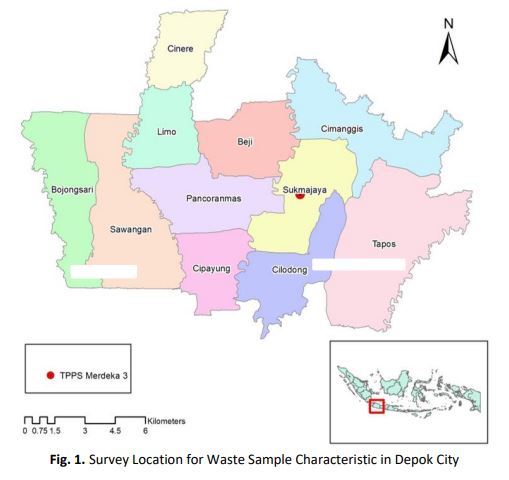Refuse Derived Fuel for Energy Recovery by Thermal Processes. A Case Study in Depok City, Indonesia
DOI:
https://doi.org/10.37934/arfmts.88.1.1223Keywords:
Heating value, Waste to Energy, Thermal gravimetric analysisAbstract
The number of words should not exceed 350. Depok City is one of Indonesia's big cities, which is currently focused on processing waste-to-energy. This research was conducted to study and describe waste management in Depok City to become renewable energy. Secondary data from the Depok City local government's inventory was used to determine the generation and composition of municipal solid waste (MSW). The waste's characterization was taken from the material recovery facility of Depok City, located at Jalan Merdeka. The amount of waste generated in Depok City is predicted to reach 681.612 tons/year by 2025. The significant waste composition items were food waste, garden waste, textiles, paper, and plastics. The result shows that the potential heating value for the waste was 35.04 MJ/kg Thermal gravimetric analysis (TGA) at a temperature range of 30-800 ° C showed only 1.39% leftover food, but mass decline at 30-110 ° C occurred quite slowly due to high air content. The optimum combustion temperature for paper, plastic, and garden waste are 317-430°C, 404.5-447.15°C, and 251.78-479.9°C, respectively. The total heating value obtained was equivalent to the electrical energy of 6635.2 GWh/year in 2025. A 1-tailed ANOVA analysis with a significance of 90% parameters of water content, carbon (C) composition, hydrogen composition (H), and oxygen composition (O) presented significances of 0.090; 0.005; 0.003; and 0.037, respectively.
Downloads

































